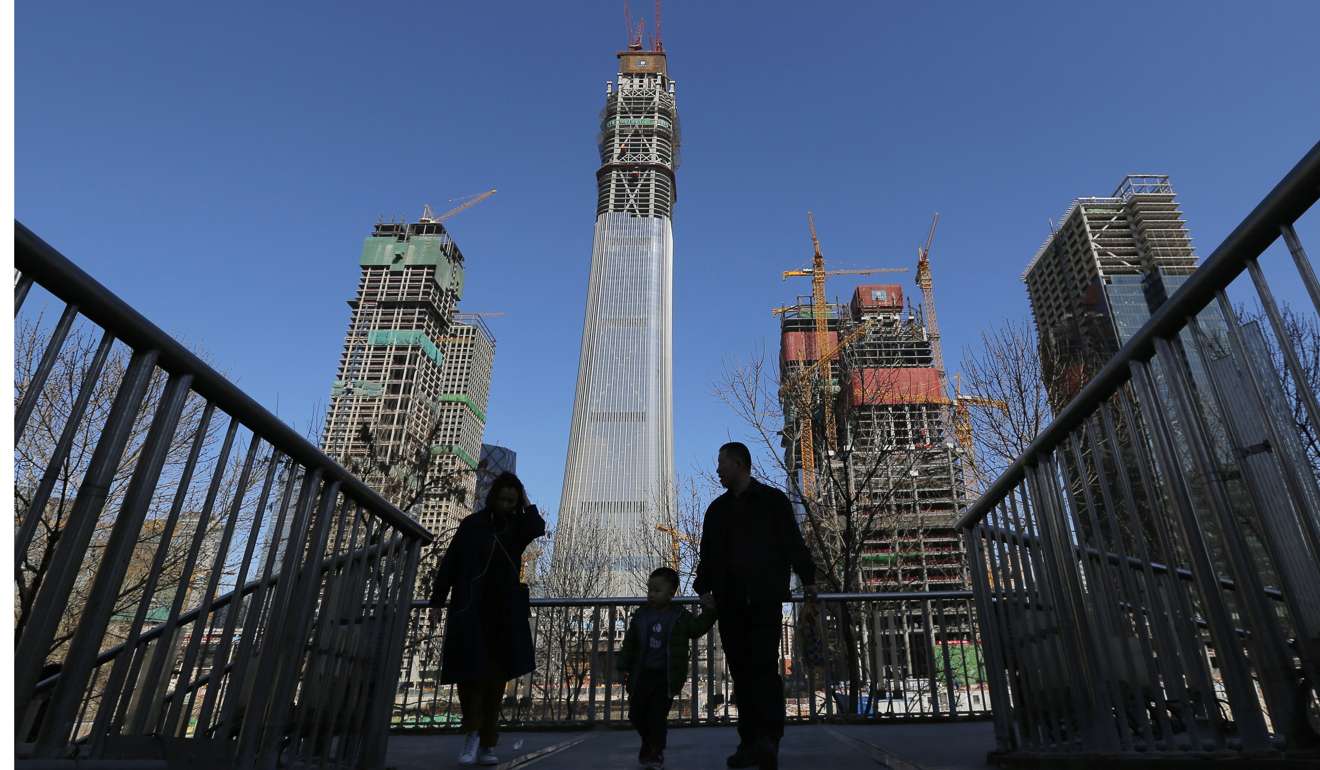
Create jobs, not ghost towns, Chinese delegates tell urban planners
China’s urbanisation drive should focus on providing services and creating jobs instead of putting up new skyscrapers and building empty cities, according to three delegates attending this month’s parliamentary sessions in Beijing.
The three local government officials told Communist Party mouthpiece People’s Daily that districts should not be created without proper businesses or industrial activity and the priority now was to give the nation’s 260 million migrant workers welfare services and steady livelihoods.
“The most important part of urbanisation is creating jobs,” Wang Heling, from Anhui province, was quoted as saying.
The warning came ahead of Chinese Premier Li Keqiang’s press conference on Wednesday to wrap up the annual sessions in Beijing of the National People’s Congress and top political advisory body.
Urbanisation is regarded as a key engine for the country’s economic growth in the coming decade. The government has set a target to increase the “urbanisation rate” to 60 per cent of the total population by 2020.
Urbanisation on the mainland is characterised by aggressive infrastructure investment and property development. One government survey said last year that 3,500 new towns were planned across the country with the capacity to house 3.4 billion people.

“To reach its target of 45 per cent in 2020, the government needs to give at least 10 million migrant workers permanent urban residence annually,” Li Jianchun, a National People’s Congress delegate from Chongqing, was quoted as saying.
Qiao Xinjiang, a local official in Henan province, said a one percentage point gain in the urbanisation ratio could boost GDP growth by up to 2 percentage points. “Urbanising” one person could boost investment by 100,000 yuan (HK$112,500) becaused of the added spending on infrastructure, Qiao said.
Urbanisation on the mainland has in the past come with local government-led land grabs and aggressive spending on the construction of new towns, resulting in a slew of “ghost cities”.
Such aggressive spending has created an imbalance between mega cities and smaller urban centres, with property bubbles, low returns on investment and high levels of government debt that could potentially cripple the country’s financial system.

